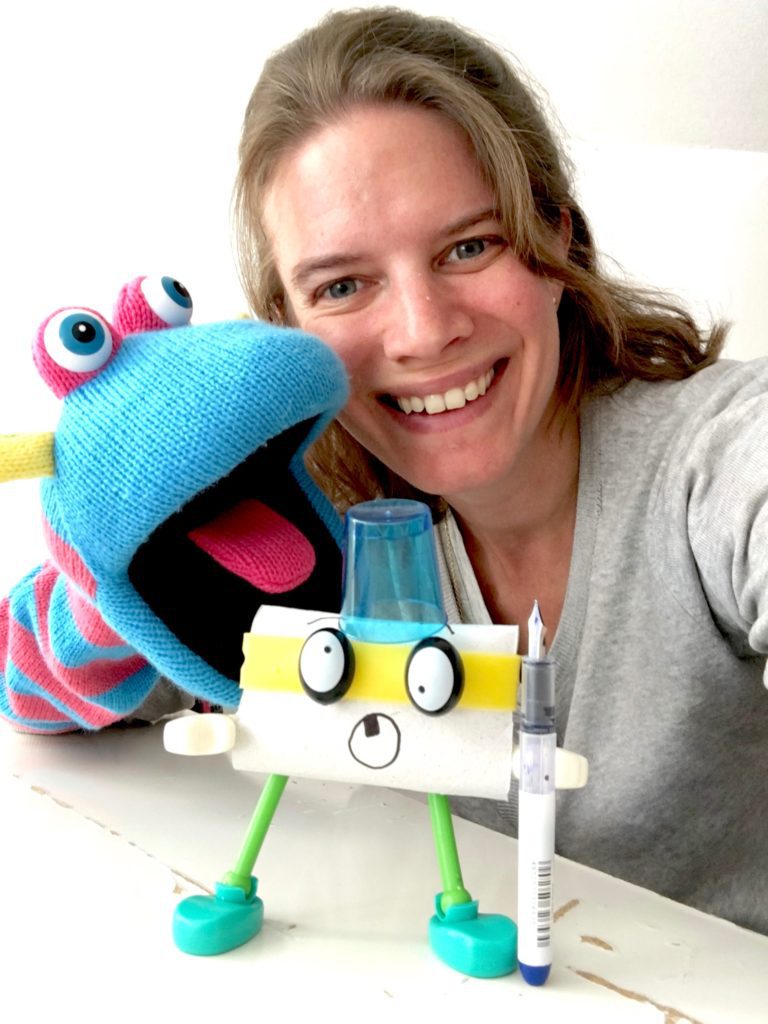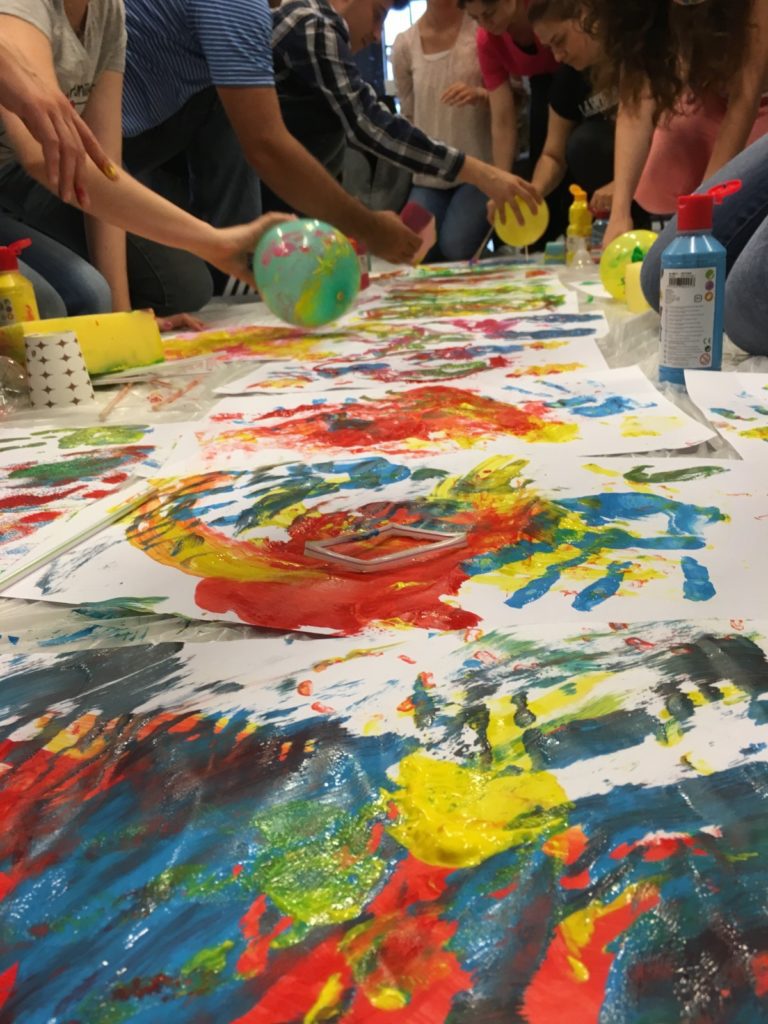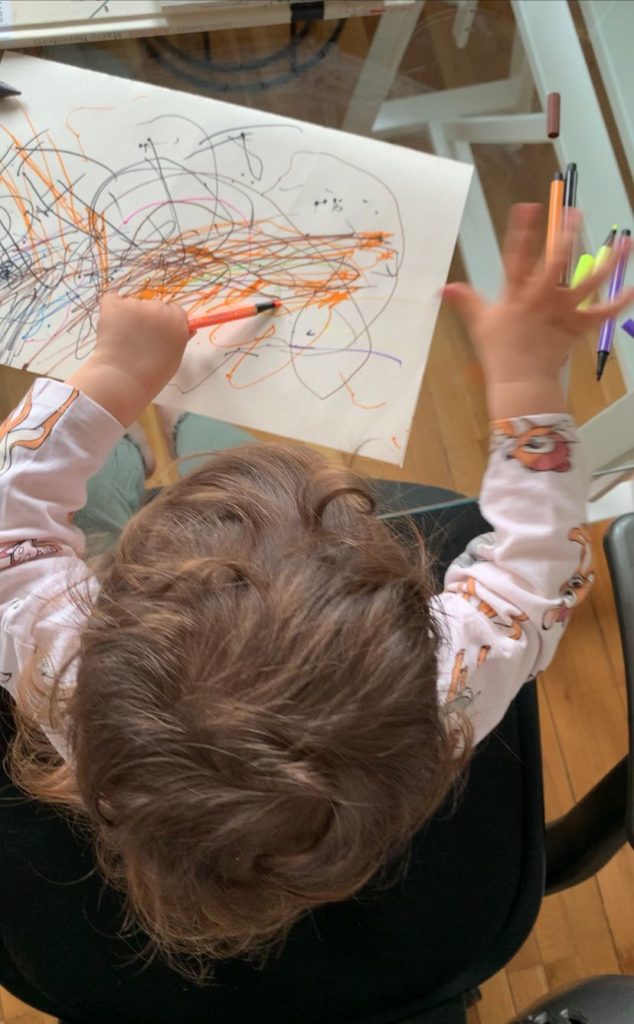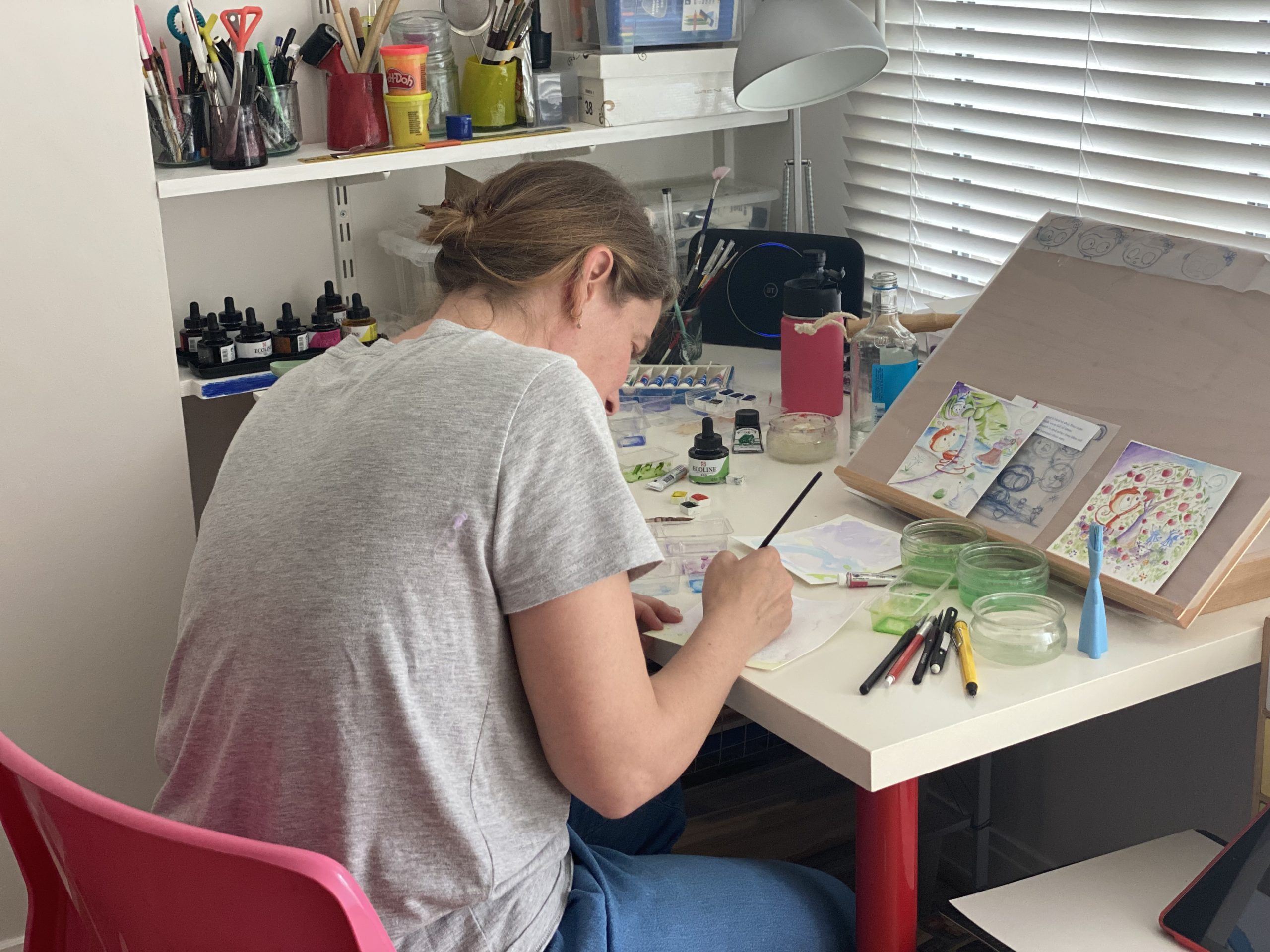Research by archaeologists show that the history of play is as old as human history. There are documents, findings showing that many games played today were played in ancient times as well. The development processes of civilization in every field such as science, art, architecture and fashion are also reflected in games and toys.
As the topic of this week is “Play”, we talked with play expert and futurist Yeşim Kunter for you. Yeşim will talk about the importance of playing games in the development of perception in adults and children and its close relationship with art. We wish you pleasant reading!
Hello Yeşim!
What is play? How do you define it?
Play is about making deep connections with ourselves, with the life around us. Play is a concept that is difficult to define in itself, but becomes meaningful within a structure.
Through play, we begin to explore, question and experience. This way, we develop, adapt, explore, observe and evolve. To play is to survive!
Why is play so important for adults?
Play is important for every living thing at any age, for the attachment to life and the motivation to continue. Lack of play, or the lack of play that we talk about so much these days; It chains the soul, body, senses and emotions, and does not give a chance to live and explore. In short, it is necessary to look at the question of why play is important for adults, from the perspective of where not playing would lead us. The adult (or child or living thing) who cannot express itself is filled with the feeling of being suppressed, as a result of it begins to experience mental, physical and emotional breakdowns.
Importantly, it should be underlined that, when we talk about playing games, we use “play” in a very general sense. Laughing, making jokes, socializing, spending time by yourself, doing favorite hobbies, cooking, walking alone, painting… In short, the game is hidden in the small details of life. One of its most important qualities is the ability to observe. What we can observe and internalize allows us to create something new by experiencing it later. If we don’t waste time playing games; Our thinking power weakens, our curiosity and our motivation decreases. Plus, we lose the chance to interfere with life, to experience it and to express it again in our own way.
How does our mindset change when we frequently exercise the playful part of our brain?
Our entire brain is open to play. The game is not a regional but a holistic concept. Therefore, every “playful” thought helps neurons form new connections, increase the flexibility of the brain, and enable us to have a freer mindset. People playing games are like stretching their bodies every day (though that’s also part of the game too). playful thinking; It increases being open to possibilities, being flexible in difficult times, and resilience to stress. Therefore, it develops imagination and allows us to develop altnerate perspectives.
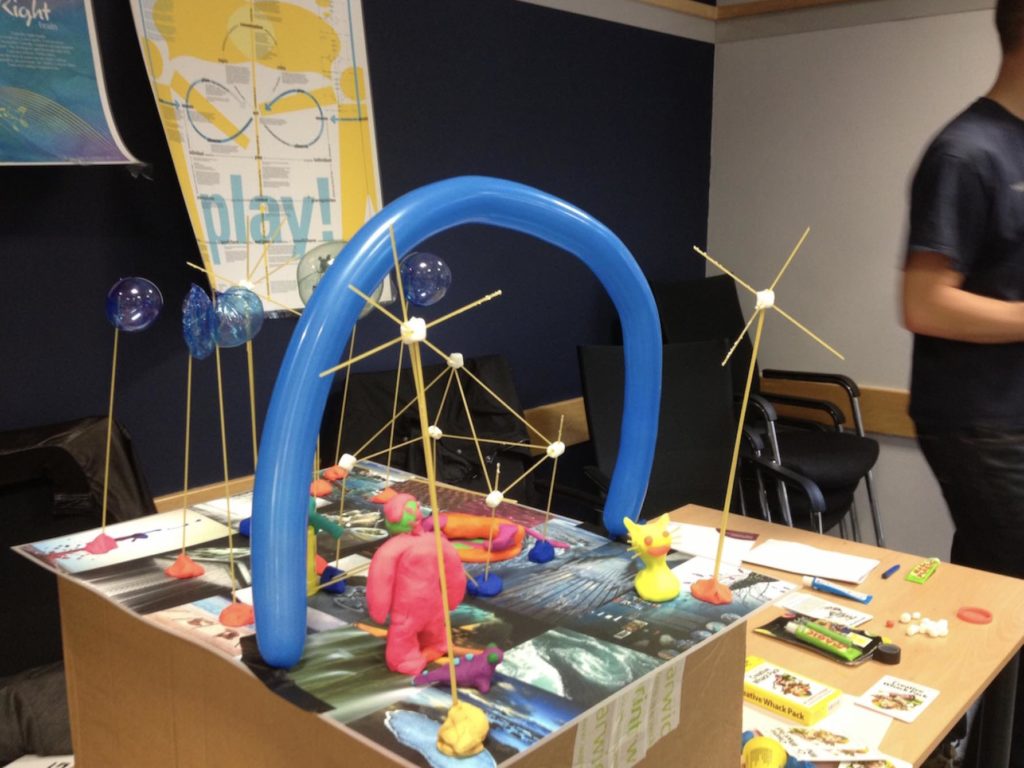
How many types of play are there? What is sensory play?
There are different types of games. In game literature, they divide games into five categories. These are; Objective, Symbolic, Active, Social and Games with Rules.
Objective Play: It is a type of game that causes us to examine objects, perceive their functions and find different uses, and it increases our creative thinking ability and curiosity (puzzles, yo-yo, spinning top…).
Symbolic Play: Languages are made up of symbols and patterns. The power of pictorial thinking and the power of symbolic thought formed by the abstraction of symbols are very important in terms of developing composite thinking.
Active Play: Includes gross and fine motor skills. From ball games to towers built with Legos. In short, it requires the body to be in motion.
Social Play: Involves imagination, role playing, experimenting with and experiencing social rules. What we learn from these games increases our ability to empathize.
Games with Rules: These are games with rules. From this we learn to compromise, think strategically, plan and work in solidarity.
The most important type among all is the Sensory Game. This type of game is very important especially for the 0-3 age group. During this period, we learn about the relationship between ourselves and our surroundings.
Sensory Play: Allows us to gain insight into what the world is like. Kinesthetic includes all kinds of sensory input, auditory, verbal, visual. In short, all these sensory games strengthen our perceptions.
What kind of relationship exists between play and art?
Art is born out of play. Huizinga, in his book Homo Ludens, mentions that cultures emerge out of playfulness. Play and art are intertwined with each other.
Here, I am talking about the positive changes that occur in the human brain with the introduction of playful thinking. Observing, internalizing, scrutinizing, researching, experiencing, applying and making discoveries… Each of these are characteristics of play. But what I really want to describe here is not just a childlike game. Actually, I’m talking about being able to look at life with fresh eyes like a child. In other words, I am talking about being able to approach the subject more maturely and with awareness, without ever losing my curiosity.
Books are one of the most important tools for play. Why is reading children’s books so important for all age groups?
Books allow us to go back and forth between fantasy and reality. With metaphors created in literary and graphic mediums in qualified children’s books; our thinking power is differentiated, enriched and developed. Thus, we begin to look at situations from different angles. Being able to dream and construct is a vital and necessary exercise for both the child and adult mind.

Su (2,5)
As illustrators, we love to experiment with different materials and achieve new results with them. What materials do you use when drawing?
Yes, I totally agree. Using different materials directly affects the way we express ourselves and enriches it. As I steped into the world of toys; I started with metal, wood, marble and spray paint. My greatest pleasure was to be able to obtain games that I had not experienced before with these four different materials. Later, I turned to design a little. For example, we used blue sketch pens for a long time when we were at school. It was the school’s rule to use this material.
I am currently using watercolor and its varieties a lot. There is a vast world to learn from. I’m just at the beginning of the exploration process for drawing 🙂 But these days, I started to try different water-based materials. I am especially excited that Viarco products offer a different way of use compared to other products. For example, square-shaped (Tailor Shape) ones; They encourage you to draw more freely because they are much more uncontrolled when wet compared to other materials and you can get surprising results. When they dry, they become a more controlled tool. This is a necessary step for me to collect my drawings. In other words, while making an instant drawing, you can obtain many possibilities with a single material. Thus, it can offer you more fresh, different perspectives, moments of discovery and play. They have also used very successful intense color pigments, which adds depth to the resulting work. It is very enjoyable and enjoyable to use 🙂 I recommend it to anyone who is interested in drawing and wants to explore themselves.
What emotions does drawing with these materials evoke in you?
I love using the power and depth of colors and the playfulness they offer us, it inspires me a lot. I love the feeling of water; it evokes excitement, joy, playfulness, childishness and positive feelings. That’s why the effect created by the depth of colors and delicate touches are very important to me.
The biggest reason why I prefer water-based paints is that I love water sports; swimming, rowing, surfing, in short every form, state and nature of water. Cold or hot water, every color from blue to earth color, its movement, its mobility, its power… I have been fascinated by the river especially since I started living in London. Water-based paints give me the chance to experience this in my own environment, in my own world.
Thank you very much for your valuable contributions.
Play expert and futurist Yeşim Kunter combines the concept of game with the knowledge of human behavior to create new experiences and use them in new business-future designs.
While working on the development of new gaming experiences for future generations, she has work that will create new perspectives in the education system and ensure that technology is used in an innovative way.
She is involved in worldwide design practices, seminars, workshops and leadership studies to emphasize the relationship between the concept of play and creativity.
After her undergraduate education in Bilkent Interior Architecture and Fashion Institute Technology Toy Design, she worked for many years in the Innovative Design departments of world’s leading toy companies like Toys R Us, Lego and Hasbro. She has lived in New York (USA), Billund (Denmark) and currently resides in London (UK).
